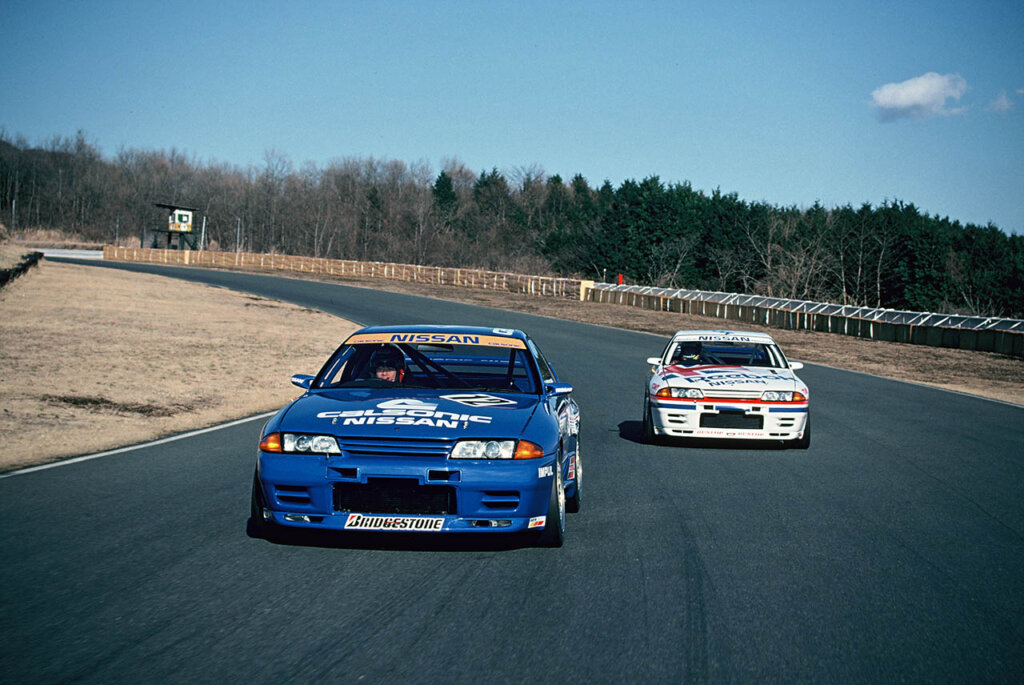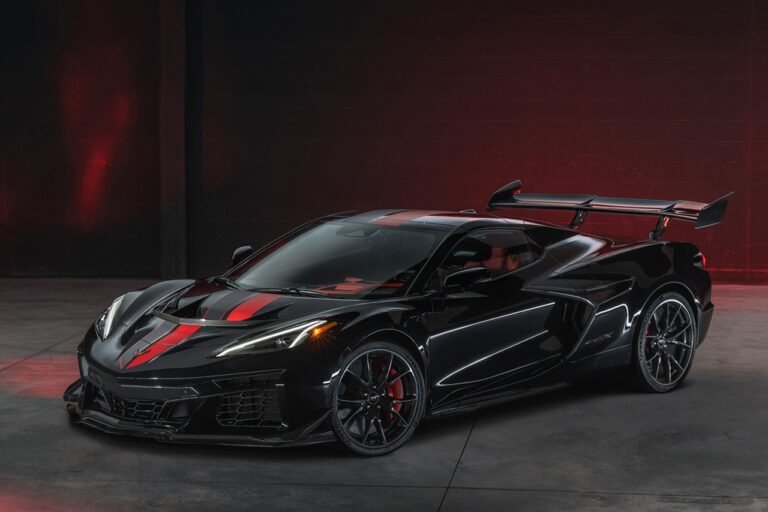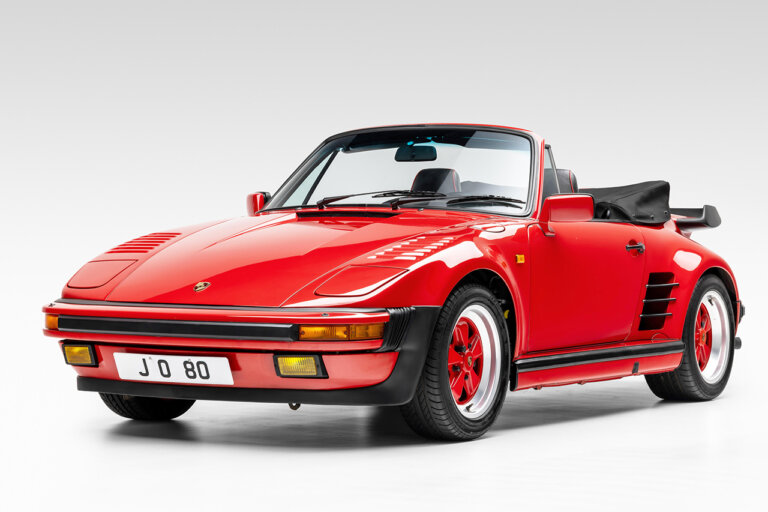NISMO's First Decade
NISsan MOtorsports, or NISMO, was created in 1984 as the official motorsports division of Nissan. With a strategic decision, NISMO assumed control of the equipment, facilities, and overall motorsport operations of the third section of Nissan’s advertising department, located in the Omori annex. Previously, this section had specialized in selling sports kits to motorsport competitors and providing user support. NISMO also took charge of Nissan’s Special Car Testing Division at the Oppama plant while continuing the development of racing cars.

NISMO’s Debut in Motorsports

In 1985, NISMO, in its second year of operation, ventured into motorsports to enhance the brand identity of Nissan Group. They introduced vehicles in two categories: Group C cars for the All-Japan Endurance Championship and Group A cars for the All-Japan Touring Car Championship. The Nissan Skyline R30 RS Turbo was their chosen Group A car, which laid the groundwork for its successor, the iconic R32 Skyline GT-R. Led by NISMO racers, Kazuyoshi Hoshino, Akira Hagiwara, and Keiji Matsumoto, Nissan emerged victorious in the World Endurance Championship (WEC) in Japan at Fuji Speedway, earning NISMO a spot in the 24 Hours of Le Mans. NISMO continued its participation in various championships, contributing to the prosperity of Japanese motorsports. They provided technical support for the Japanese Rally Championship and other support races, such as the Japan Super Sports Sedan Race (JSS) and the All-Japan Formula 3 championship.

Participation in 24 Hours of Le Mans

NISMO entered the renowned 24 Hours of Le Mans in 1986, with their first entry finishing 16th overall. They expanded to a four-car team in 1987 and introduced the R89Cs in 1989. Despite strong qualifying performances, all three cars retired from the race. In 1990, NISMO aimed for victory with five cars but encountered issues, resulting in retirement. However, the Japanese-driven Nissan R90CP achieved an impressive 5th place overall, the highest position ever achieved by a Japanese entry. Changes in vehicle regulations halted Nissan/NISMO’s Le Mans campaign in the following year.

Source: Tennen-Gas via Wikimedia Commons
Skyline GT-R Dominance in Group A Competition


Group A, a car competition, began in 1985 as the All-Japan Touring Car Championship. NISMO joined in the first season with the R30 with multiple wins and success with the Skyline. Aguri Suzuki became the 1986 champion driving a Skyline. The R31 Skyline GTS-R debuted in 1987, gaining attention from domestic car manufacturers. In 1989, Kazuyoshi Hoshino and Masahiro Hasemi achieved success with the R31 Skylines. The highly anticipated R32 Skyline dominated the 1990 season, winning all six races and securing championships for Hoshino, Hasemi, and Kageyama. The R32 GT-R’s superior performance with its RB26DETT engine and full-time four-wheel drive resulted in 29 consecutive victories from 1990 to 1993, continuing the legacy of the first-generation Skyline GT-R’s domestic touring car victories from 1969 to 1972.

“Nissan Rallies”

Source: Nissan News
Nissan cars were once highly active in safari rallies, often referred to as “Nissan Rallies.” NISMO inherited this spirit. In 1985, their Group B car, the ‘Nissan 240RS’ with the FJ24-type engine, achieved 4th place in the 1985 WRC. In 1987 and 1988, Nissan competed with the 200SX, securing 2nd place overall in the 1988 WRC Safari Rally and winning the Ivory Coast Rally. This was the last victory for a front-engine, rear-wheel-drive (FR) car before the era of 4WD machines. NISMO temporarily withdrew but returned in 1992 with the N14 Pulsar GTI-R, achieving third place in the Swedish Rally. However, they did not achieve significant results afterward and announced their departure from the WRC.

Spa 24 Hours & Daytona 24 Hours Events

NISMO also achieved more major success in other racing events. In 1988, NISMO established Nissan Motorsports Europe in Milton Keynes, England. It served as a front-line base for launching touring car and Le Mans projects. In its debut at the 24-hour race in Spa-Francorchamps, Nissan Motorsports Europe placed sixth with the R31 Skyline GTS-R. During the 1990 Spa 24 Hours, Group N R32 entries achieved an impressive 1st, 2nd, and 3rd position, surprising the European racing scene. In 1991, a Group A-spec R32 GT-R entered by Nissan Motorsports Europe dominated the competition with a lights-to-flag victory, solidifying its unbeatable reputation. The GT-R continued its success in the Group N category and secured its third consecutive victory in 1992, even after the retirement of Group A.

In 1990, NISMO competed in the Group C class at Le Mans for the last time. However, in early 1992, they entered the prestigious Daytona 24 Hours, one of the world’s top three endurance races alongside Le Mans and Spa. The Japanese trio of Masahiro Hasemi, Kazuyoshi Hoshino, and Toshio Suzuki, driving a Nissan R91CP, quickly took the lead on the first lap after starting in third position. Despite facing unexpected troubles and briefly withdrawing from the race, they made a comeback after midnight and regained the lead. After twenty-four hours of racing, they crossed the finish line with a ten-lap advantage over their closest rivals, securing victory. This historic win filled Daytona’s victory lane with Japanese drivers, mechanics, and staff, marking a significant milestone in the history of the Daytona 24 Hours. Notably, the R91CP set a record of 762 laps, a feat that remains unmatched to this day.









